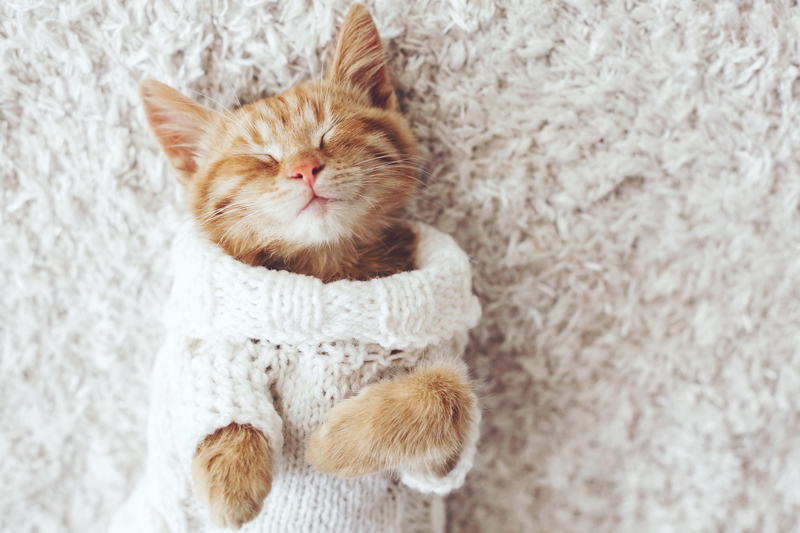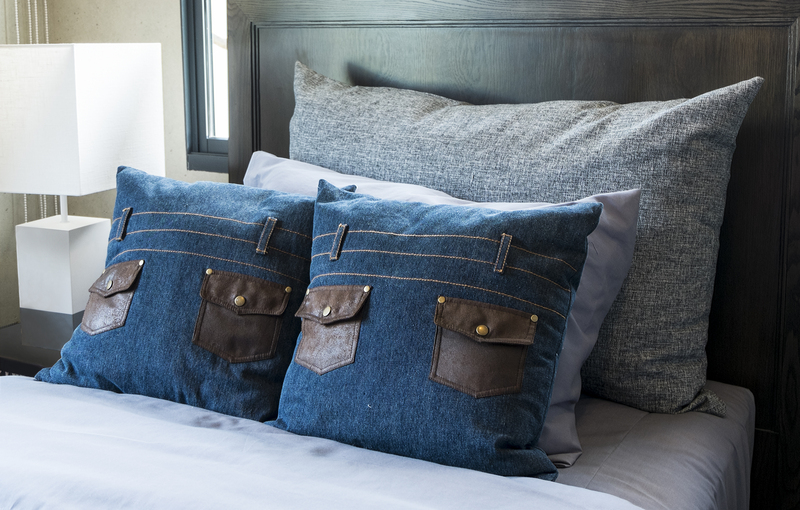Beyond the Box: Transforming Cardboard Disposal
In our ever-evolving consumer world, cardboard takes center stage in packaging, shipping, and storage. As online shopping soars and supply chains expand, so does the amount of discarded cardboard. Consequently, traditional cardboard disposal methods face new scrutiny from environmentalists, business owners, and conscious consumers alike. In this article, we'll explore how beyond the box innovations are reimagining cardboard waste management, discovering creative ways to reduce, reuse, and recycle cardboard--transforming what was once mere waste into a valuable resource.

The Rising Challenge of Cardboard Waste
Why Is Cardboard Disposal Important?
Cardboard has become a symbol of modern logistics and commerce. Every year, millions of tons of corrugated cardboard pass through warehouses, homes, and businesses. However, while cardboard is biodegradable and generally recyclable, the sheer volume overwhelms conventional waste management systems.
- Americans discard over 850 million tons of cardboard annually.
- Online shopping and meal kits continue to increase cardboard usage globally.
- Improper disposal leads to cardboard ending up in landfills, delaying decomposition and releasing methane--a potent greenhouse gas.
These facts underscore why transforming cardboard disposal is no longer an option--it's a necessity.
The Lifecycle of Cardboard: From Creation to Disposal
How Is Cardboard Made?
Most cardboard is constructed from wood pulp fibers. These fibers can be reused multiple times through recycling processes, but their quality diminishes with each cycle. This is why extending the use and optimizing the recycling of cardboard is crucial for sustainability.
- Virgin Fiber Cardboard: Made straight from tree pulp, offering high strength for packaging.
- Recycled Cardboard: Created from post-consumer materials, reducing the need for forest harvesting.
What Happens When Cardboard Is Disposed?
The cardboard recycling route usually goes through the following steps:
- Collection: Waste cardboard is collected from homes, businesses, or recycling facilities.
- Sorting: Cardboard is sorted to separate high-quality material from contaminated or waxed cardboard.
- Processing: After cleaning and pulping, recycled fibers are formed into new products.
- Reuse or Repurpose: Recycled cardboard is used in packaging, paper products, and sometimes innovative upcycling projects.
Challenges in Traditional Cardboard Disposal
Cardboard in Landfills
Although cardboard is technically biodegradable, when compressed in landfills, it often decomposes anaerobically--without oxygen--leading to methane production. This greenhouse gas contributes significantly to climate change.
- Unflattened boxes occupy excessive landfill space.
- Waxed or food-soiled cardboard is non-recyclable and usually landfilled.
- Cardboard left exposed in landfills attracts pests and increases fire hazards.
Contamination and Inefficient Collection
Recycling works only if cardboard waste is clean and properly sorted. However, food residue, liquids, and packing materials (like Styrofoam or bubble wrap) often contaminate cardboard, rendering it unsuitable for recycling.
Additionally, some municipalities lack effective curbside recycling programs or facilities, causing recyclable cardboard to end up as general waste.
Innovative Approaches: Redefining Cardboard Waste Management
Recycling Optimization
Advanced sorting technology, such as AI-powered conveyor systems, can distinguish between contaminated and recyclable cardboard with higher precision. By adopting innovative single-stream recycling solutions, more communities can capture clean, reusable fibers.
- Automated Material Recovery Facilities (MRFs) increase sorting speed and accuracy.
- Community initiatives encourage residents and businesses to flatten, clean, and separate cardboard boxes, improving recycling rates.
Upcycling and Reuse Projects
Transforming cardboard waste goes beyond recycling. Creative upcycling gives cardboard additional life as furniture, storage, toys, or even art installations. Companies and individuals are pushing the envelope, using post-consumer cardboard for:
- Furniture and shelving (especially for temporary or pop-up spaces)
- Children's playhouses and eco-friendly toys
- Event decorations and set designs
- Compostable gardening aides (weed barriers, mulch sheets)
These approaches not only extend cardboard's usefulness but inspire new eco-conscious markets and community projects.
Biodegradable Alternatives & Circular Packaging Solutions
Forward-thinking brands now offer cardboard packaging designed for easy breakdown and composting.
- Non-toxic printing and adhesives make post-use disposal cleaner and safer for composting.
- Circular packaging aims for boxes to be collected, refurbished, and re-circulated multiple times before ultimate recycling.
By shifting from single-use to multiple-use packaging systems, businesses are reducing not only raw material consumption, but also cardboard disposal volumes.
Sustainable Cardboard Disposal at Home and Work
Simple Steps for Responsible Cardboard Management
Individuals and businesses can play a huge part in minimizing cardboard waste by following these best practices:
- Flatten boxes before recycling to save space and streamline processing.
- Remove packing materials, tape, and labels which slow down recycling and contaminate loads.
- Keep cardboard dry and clean to ensure it can be recycled. Wet or soiled cardboard often gets discarded.
- Check with local recycling programs for specific rules about waxed or mixed-material boxes.
Organizational Strategies: Businesses Leading the Charge
Many retailers and distributors generate significant cardboard waste. Innovative companies are now embracing closed-loop systems, where:
- Suppliers collect used boxes from customers and return them for reuse or recycling.
- Warehouses install bale compactors, reducing pickup frequency and lowering costs.
- Employee training boosts the efficiency and cleanliness of recycling streams.
Global Initiatives Transforming Cardboard Disposal
Legislative and Policy Moves
Governments worldwide are enacting stronger producer responsibility laws, placing the onus on brands to manage their packaging's end-of-life. Examples include:
- France's Extended Producer Responsibility, requiring companies to subsidize recycling programs.
- EU directives encouraging packaging manufacturers to use higher percentages of recycled material.
- Municipal bans on landfill disposal of recyclable cardboard (as enacted in many U.S. cities).
Technology-Driven Solutions
Smart waste tracking systems now allow businesses to monitor cardboard disposal rates in real-time, identifying areas for improvement and ensuring compliance with sustainability targets.
- IoT-enabled dumpsters signal when full for optimized pickup scheduling.
- Barcode scanning ensures high-purity recycling and traceability of cardboard materials through the entire supply chain.
Community and Grassroots Projects
Local organizations are vital in the journey toward zero waste cardboard management. Community-led projects, such as box exchange networks and neighborhood collection drives, foster a culture of sharing and reuse.
- Online marketplaces for free moving boxes help keep packaging in use longer.
- Schools and non-profits upcycle cardboard for educational or charitable needs.
Benefits of Transforming Cardboard Disposal
Environmental Impact
Smarter cardboard disposal solutions address three major goals:
- Reducing Landfill Waste: Recycling and reuse decrease overall landfill volume, limiting pollution and the need for new landfill sites.
- Cutting Carbon Emissions: Less decomposing cardboard means lower methane output and more saved trees, as recycled cardboard reduces the need for virgin fibers.
- Saving Resources: Recycling uses less energy and water than making new cardboard from scratch.
Economic and Social Gains
Transforming cardboard disposal opens doors for:
- New jobs in recycling facilities, logistics, and eco-product startups.
- Lower operational costs for businesses with efficient waste management practices.
- Civic pride and healthier communities through clean, litter-free environments.
Frequently Asked Questions: Cardboard Disposal and Recycling
Can all cardboard be recycled?
Most clean, dry cardboard can be recycled. However, food-soiled, greasy, waxed, or heavily laminated cardboard is usually not accepted in curbside programs. Check your local guidelines for specific restrictions.
Is composting cardboard a good option?
Yes, if the cardboard is free of inks, coatings, or adhesives. Shredded cardboard makes an excellent addition to compost heaps--serving as a carbon-rich "brown" layer that balances out kitchen scraps.
What are creative reuse ideas for cardboard boxes?
Cardboard boxes can be used for shelving, organizers, children's crafts, pet houses, gardening trays, gift wraps, and more. Imagination extends the lifespan of this versatile material.

The Future of Cardboard Disposal: What's Next?
The path to a cardboard-positive future combines advanced technology, legislation, circular design, and community engagement. Key trends include:
- Ultra-efficient recycling with robotic sorting and automated logistics chains.
- Increased upcycling and creative reuse--reducing the need to constantly process new material.
- Compostable and bioengineered packaging solutions designed for minimal environmental impact.
- Consumer education and incentive programs to promote zero waste living.
Conclusion: Going Beyond the Box
Cardboard's journey doesn't have to end in the dumpster. With bold thinking, smarter recycling, creative upcycling, and shared responsibility (from manufacturers to end-users), we can truly transform cardboard disposal and unlock powerful environmental, social, and economic benefits. The next box you break down isn't just trash--it's an opportunity to drive positive change, one fold at a time.
Let's move beyond the box--toward a cleaner, greener, and more circular tomorrow.